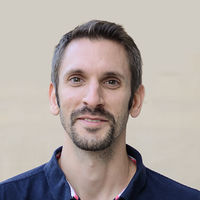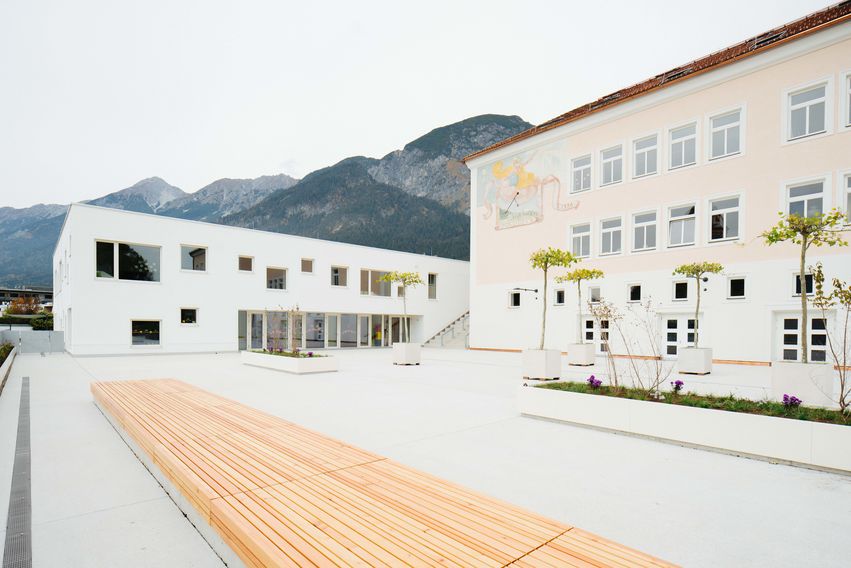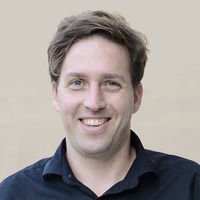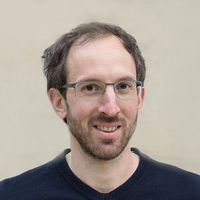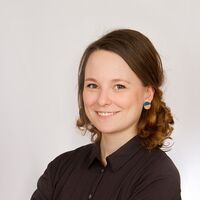While the new music school was housed under the roof of the listed primary school, the architects Schenker Salvi Weber decided to install the triple sports hall underground and to place the two-storey kindergarten on it in lightweight wooden construction for static reasons. In connection with the 110-year-old primary school, a protected and inviting playground was created against the backdrop of the picturesque Alpine scenery. With the decision for a scraper plaster as surface design, a building was created that blends harmoniously into the existing ensemble of the village environment. As the architects Schenker Salvi Weber report, the playground has meanwhile mutated into a kind of new village square for festivals or summer cinema.
Kindergarten building
The kindergarten building was planned and built in passive house standard and offers 120 kindergarten and 24 day nursery places, which are divided into eight group rooms. The façade with its differently sized reveals offers seating possibilities and creates a framed view of nature. The niches, common areas and the alternating open and intimate rooms can be adapted to group size or desired space requirements for creative games or afternoon nap by the supervisors as required through doors, sliding doors and curtains. The colour and material concept in pastel colours with oiled oak wood fixtures and solid oak parquet conveys cosiness and security and is an ideal background for children's creativity. The furniture designed by the architects was made of locally handcrafted and oiled oak wood. The regional connection is also reflected in the solid wood children's tables and chairs, which come from the Tiroler Möbelfabrik Hussl.
Triple sports hall
The triple gym is part of the passive house. A 20-metre high climbing shaft illuminated by skylights connects the lower floor with the kindergarten above. A connection with the old primary school was created with an underground passage. The excavation for the 44x22 meter large gymnasium was a technical challenge, as it reached as far as the foundations of the old elementary school. The required prefabricated reinforced concrete T-beams of the sports hall had to be dimensioned so that they could still be transported on the narrow village feeder roads. Daylight is provided by a joint-like skylight running the entire length of the sports hall. The hall is divisible for all sports as required. The surrounding gallery makes the sports facility appear bright and open despite its location below ground. The architects decided to use a light-coloured floating flooring on the walls and floor. The exposed concrete walls of the sports hall are, like the floor, lined with wood. The material concept of the kindergarten is reflected in the white wood-wool acoustic ceiling and the oak wood used for window frames, doors, handrails and benches in the grandstand.
Music school
The new music school found its place under the historical hipped roof of the primary school. It comprises six practice rooms and a large lecture room, which is equipped with wide space-saving seating areas instead of seating. The design element of the skylights of the sports hall was also adopted in these rooms, just as the material and design concept of the kindergarten and the gym was taken up again in the music school. The small rooms appear spacious and inviting due to the light oak wood and the white glazed and acoustically effective wall and roof cladding.
Building Physics - Hard Facts
Despite the difficult conditions - alpine climate, shading by surrounding mountains, gymnasium within the passive house envelope - the passive house standard (HWB = 12.3 kWh/m²a according to PHPP) could be implemented, above all through the integral planning process. The following qualities were necessary to achieve high energy efficiency and high comfort:
- Interdisciplinary planning process
- Highly thermally insulated building envelope U-means = 0.11 W/m²K
- Highly efficient 3-pane glazing with regulated sun protection
- Airtight building envelope n50 = 0.4 1/h on completion
- Demand-oriented ventilation system with heat recovery
In addition to thermal comfort, the building and room acoustic requirements were optimally implemented in kindergarten in close coordination with the architecture. In the music school, the high acoustic requirements were implemented in an attractive architectural design, especially in combination with the elaborate daylight-optimized interior geometry. Wherever technically possible, ecological, low-pollution building materials were used throughout the project.
Architecture: Schenker Salvi Weber Architekten
Building physics: IBO GmbH
HVAC: Moser & Partner Ingenieurbüro
Static: merz kley partner ZT
Landscape architecture: DnD Landschaftsplanung

